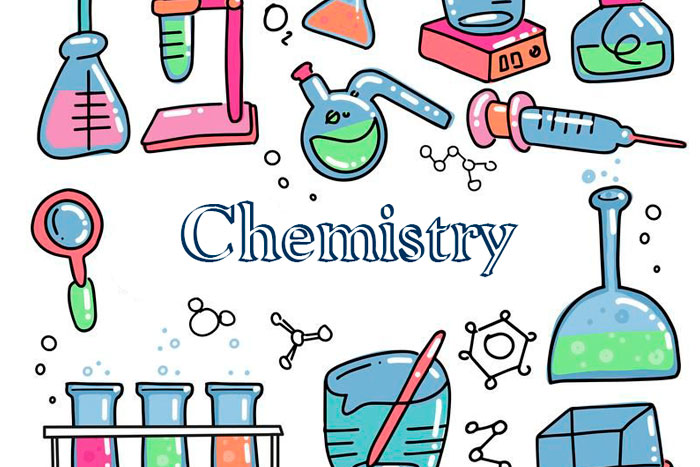
Chemistry topics
An introduction to Chemistry topics
Name: Own Teacher
Email: info@ownteacher.com
Created At: 06-11-2023
Elements: Elements are the fundamental substances that make up matter. Each element is defined by the number of protons in its nucleus, and they are organized in the periodic table.
Compounds: Compounds are substances formed when two or more different elements chemically combine in fixed ratios. These combinations result in new substances with unique properties.
Chemical reactions: Chemical reactions involve the breaking and forming of chemical bonds, resulting in the transformation of reactants into products. Reactions are described using chemical equations.
Stoichiometry: Stoichiometry is the branch of chemistry that deals with the quantitative relationships in chemical reactions, including the calculations of reactant and product quantities based on balanced chemical equations.
Atomic structure: Atomic structure explores the composition of atoms, including the arrangement of subatomic particles like protons, neutrons, and electrons within an atom.
Periodic table: The periodic table is an organized chart of all known elements, classifying them by atomic number and grouping them based on similar chemical properties and electron configurations.
Chemical bonding: Chemical bonding explains how atoms interact and combine to form molecules or compounds. It includes covalent, ionic, and metallic bonds, influencing the structure and properties of substances.
Thermodynamics: Thermodynamics is the study of energy changes in chemical processes. Concepts like enthalpy, entropy, and Gibbs free energy help predict the spontaneity and direction of chemical reactions.
Kinetics: Kinetics focuses on the rate at which chemical reactions occur and investigates the factors that affect reaction rates, including temperature, concentration, and catalysts.
Acids and bases: Acids release protons (H+) in solution, while bases accept them (OH-). Understanding acid-base reactions, pH, and the properties of these substances is vital in chemistry.
Organic chemistry: Organic chemistry is the study of carbon-containing compounds, exploring their structure, synthesis, and reactivity. It is central to the understanding of organic molecules and biochemistry.
Inorganic chemistry: Inorganic chemistry deals with compounds that do not contain carbon-hydrogen (C-H) bonds, including metals, minerals, and non-organic substances.
Physical chemistry: Physical chemistry combines principles of physics and chemistry to study the physical properties, energy changes, and behavior of chemical systems.
Analytical chemistry: Analytical chemistry focuses on methods and techniques for identifying and quantifying the components of chemical samples, crucial in research and industry.
Biochemistry: Biochemistry examines the chemical processes and molecules that occur within living organisms, including the structure and function of biomolecules like proteins, nucleic acids, and enzymes.
Chemical equations: Chemical equations represent chemical reactions by showing the reactants and products, along with coefficients indicating their proportions.
Redox reactions: Redox (reduction-oxidation) reactions involve the transfer of electrons between substances. They play a vital role in many chemical processes, including combustion and corrosion.
Chemical properties: Chemical properties describe how substances behave in chemical reactions and interactions with other substances.
Chemical nomenclature: Chemical nomenclature is a system for naming and organizing chemical compounds, ensuring consistency and clarity in chemical communication.
These topics collectively form the foundation of chemistry, providing insights into the composition, behavior, and interactions of matter in the natural world and in laboratory settings.
Cooment List
Leave a Comment.



